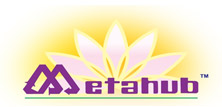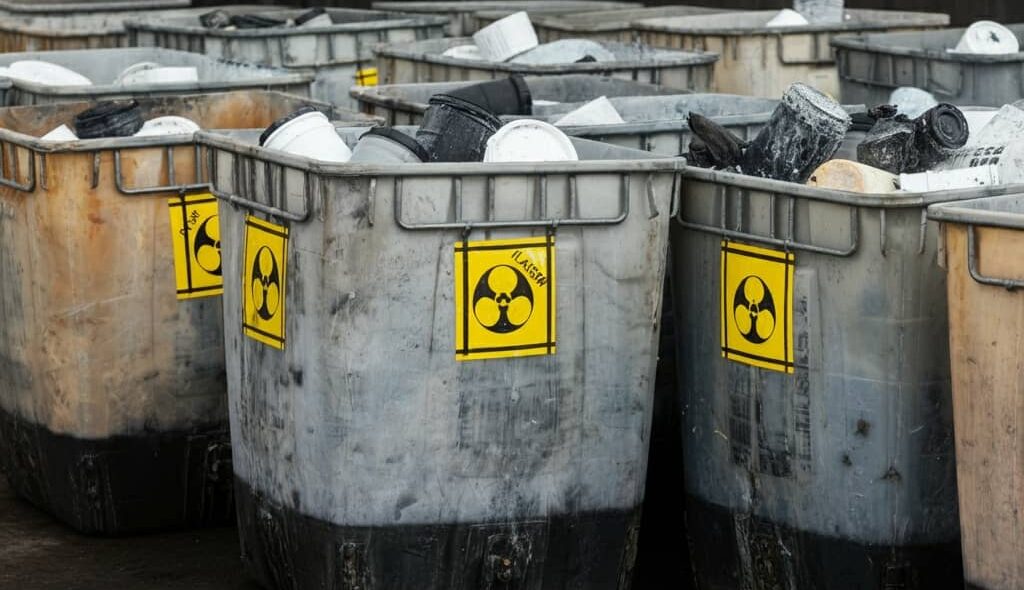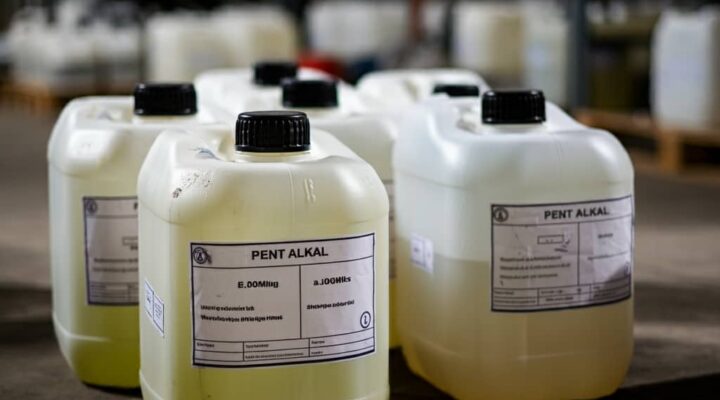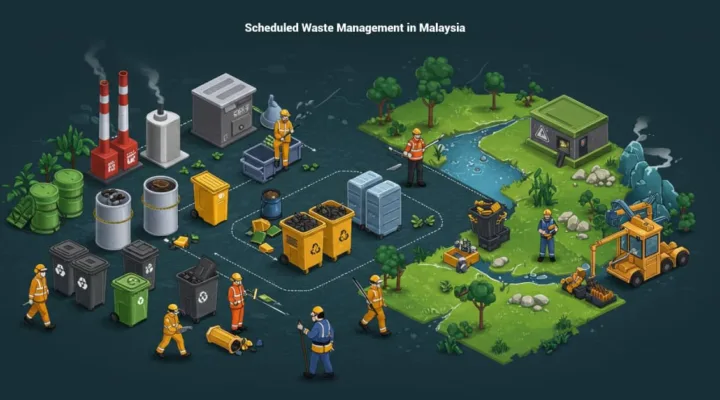Managing hazardous waste, particularly spent alkalis contaminated with heavy metals (SW401), is a critical responsibility for industrial facilities. Unfortunately, many businesses inadvertently make mistakes in handling this type of waste, leading to environmental damage, regulatory fines, and even operational shutdowns. In this blog, we will highlight the most common mistakes businesses make when disposing of SW401 waste and provide a step-by-step guide to avoid them.
Top 5 Mistakes in SW401 Waste Disposal
- Improper Classification One of the most frequent mistakes in SW401 waste management is failing to properly classify the waste. SW401 refers specifically to spent alkalis that have been contaminated with hazardous heavy metals such as lead, mercury, and cadmium. Incorrectly classifying the waste as non-hazardous can lead to improper disposal, increasing the risk of environmental contamination and regulatory penalties.
- Incorrect Storage Storing SW401 waste improperly is another common error. Spent alkalis and heavy metals are highly corrosive and toxic, and without proper storage, they can lead to spills, leaks, or exposure, endangering employees and the environment. Many businesses fail to use corrosion-resistant containers and do not label their storage units properly, increasing the chances of accidents and non-compliance with regulations.
- Not Following Transportation Protocols Hazardous waste transportation is subject to strict regulations. Many companies overlook the need for licensed and certified transporters or fail to ensure that SW401 waste is transported in secure, leak-proof containers. Neglecting transportation protocols not only puts the environment at risk but can also lead to hefty fines for non-compliance.
- Failure to Comply with Documentation Requirements Regulatory bodies such as Malaysia’s Department of Environment (DOE) require detailed documentation for the generation, storage, transportation, and disposal of hazardous waste. Many businesses fail to maintain proper records or do not submit the required documentation through the Electronic Scheduled Waste Information System (eSWIS). This can result in penalties during audits or inspections.
- Working with Unqualified Waste Management Providers Another major mistake is partnering with unqualified or uncertified waste management companies. Entrusting hazardous waste disposal to an unqualified provider can lead to improper handling, illegal dumping, and ultimately, environmental contamination. This exposes your business to legal action, environmental liabilities, and reputational damage.
How to Avoid These Mistakes
Avoiding these common pitfalls in SW401 waste management is crucial for maintaining compliance, ensuring safety, and protecting the environment. Here’s a step-by-step guide to proper disposal:
- Proper Waste Classification Ensure that all waste is properly classified as SW401 if it contains spent alkalis contaminated with heavy metals. Engage a qualified professional to assess and classify your waste accurately according to local and international guidelines.
- Correct Storage Solutions Store SW401 waste in corrosion-resistant, clearly labeled containers that are designed to contain hazardous materials. These containers should be kept in designated storage areas with spill containment measures in place to prevent leaks or accidental exposure.
- Follow Transportation Protocols When transporting SW401 waste, always use licensed transporters who are certified to handle hazardous materials. Ensure that all containers are properly sealed and labeled, and that transportation vehicles meet regulatory standards to prevent leaks or accidents during transit.
- Maintain Detailed Documentation Keep meticulous records of all aspects of SW401 waste management, from generation to disposal. Regularly submit waste reports to the DOE using the eSWIS system. Proper documentation not only helps maintain compliance but also provides proof of responsible waste management practices in case of audits or inspections.
- Partner with a Qualified Waste Management Provider To ensure compliance and avoid costly mistakes, partner with a certified waste management company that specializes in SW401 waste disposal. A qualified provider will handle every step of the process, from waste classification to disposal, and will ensure that your business remains compliant with all regulations.
The Role of Professional Waste Services in Avoiding Mistakes
Partnering with a professional waste management service is one of the best ways to avoid these common mistakes. Professional waste services provide:
- Expertise in waste classification and compliance.
- Safe and compliant storage and transportation solutions.
- Comprehensive documentation and reporting.
- Certified disposal at approved facilities.
By relying on experts, you minimize the risk of non-compliance and ensure that your hazardous waste is handled in a way that protects both your business and the environment.
Don’t let costly mistakes in SW401 waste disposal put your business at risk. Schedule a consultation with Metahub today. Our team of experts will help you avoid these pitfalls and ensure that your waste management practices are safe, compliant, and efficient.





